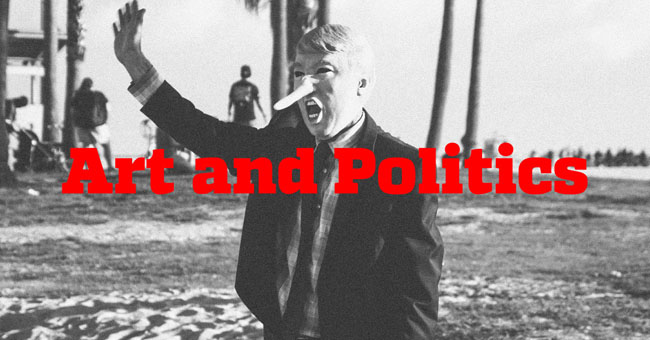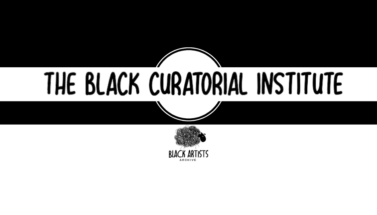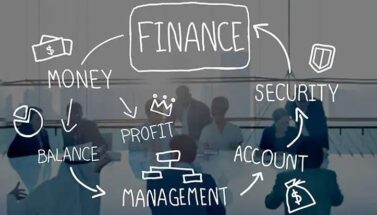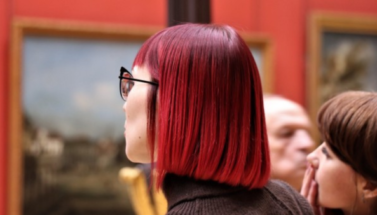Art and Politics
Art and Politics
Online course by Node Center with Dejan Lukić
Enroll before: Sep 8, 2017
Duration: Sep 11 – Oct 2, 2017
Fee: 148€
Max seats: 28
Dedication: 3 hrs/week
In this course we will address the inescapable tie between art and politics, the presence of one in the other. Art is often defined as an act of resistance, either formally (changing the rules of the medium) or socially (intervening in daily injustices). The former might be represented by diverse figures such as Paul Klee, Marina Abramovic, and Tomas Saraceno; the latter by the interventions of Doris Salcedo, Teresa Margolles, and Thomas Hirschhorn. Furthermore, these formal and social aspects sometimes collide (as in projects by the Chapman Brothers).
Each week we will look at one concept that belongs to this entanglement of the artistic and the political, focusing on works that inhabit each conceptual experience. You will thus learn to define basic terms within contemporary art theory, as well as ways to extract singular concepts uniquely belonging to a specific artwork.
There will be a small writing assignment for each meeting, structured as a reading response, in which you will mention what you consider to be the most fascinating, most interesting, most provocative idea in the text and accompanying images. This will allow you to articulate your thoughts about artworks, and the ideas they cary, in a formal, discursive, and creative way.
Program
Week 1. Power
One writer claimed that secrecy is at the core of power. But how do we define power? How many different types and experiences of power are there (being overpowered, empowered, in resistance, in domination, etc.)? Public or private: which contains a more vigorous degree of empowerment? And which is healthier: the crude power of the institution (megapower) or the ephemeral power of the fugitive (micropower)?
Week 2. Sensation
Art produces sensations and in this respect connects us to what we call “life.” But more importantly, what are the unforeseen sensations, why do they matter, how do they intervene within our daily life, how do they make it extraordinary? And finally, what kind of perception, awareness, and furor does every new sensation open?
Week 3. Desire
There is a “thrust” which determines our strongest feelings of being alive. With it, a simple but difficult question arises: what is desire in and for art? An impulse that drives toward what we lack or a force that constantly derails us and throws us off-track? Can this “hunger,” as a set of inclinations, be trained by the artist? And if life itself is a constant outpouring, why do we create boundaries in art and politics?
Week 4. Hallucination
Is it fair to say that superior works of art are some kinds of precise and revelatory hallucination? To what extent can we address reality itself as hallucinatory? The Latin root of the term is hallucinari, meaning “gone astray in thought.” Hence, is it not politically and aesthetically necessary to produce (in this world, our world, gone astray) a work that is equally out of bounds, wandering according to its own impulses? How else can new sensations, ideas, and worlds emerge?
For more information and to apply, please visit: https://nodecenter.net






